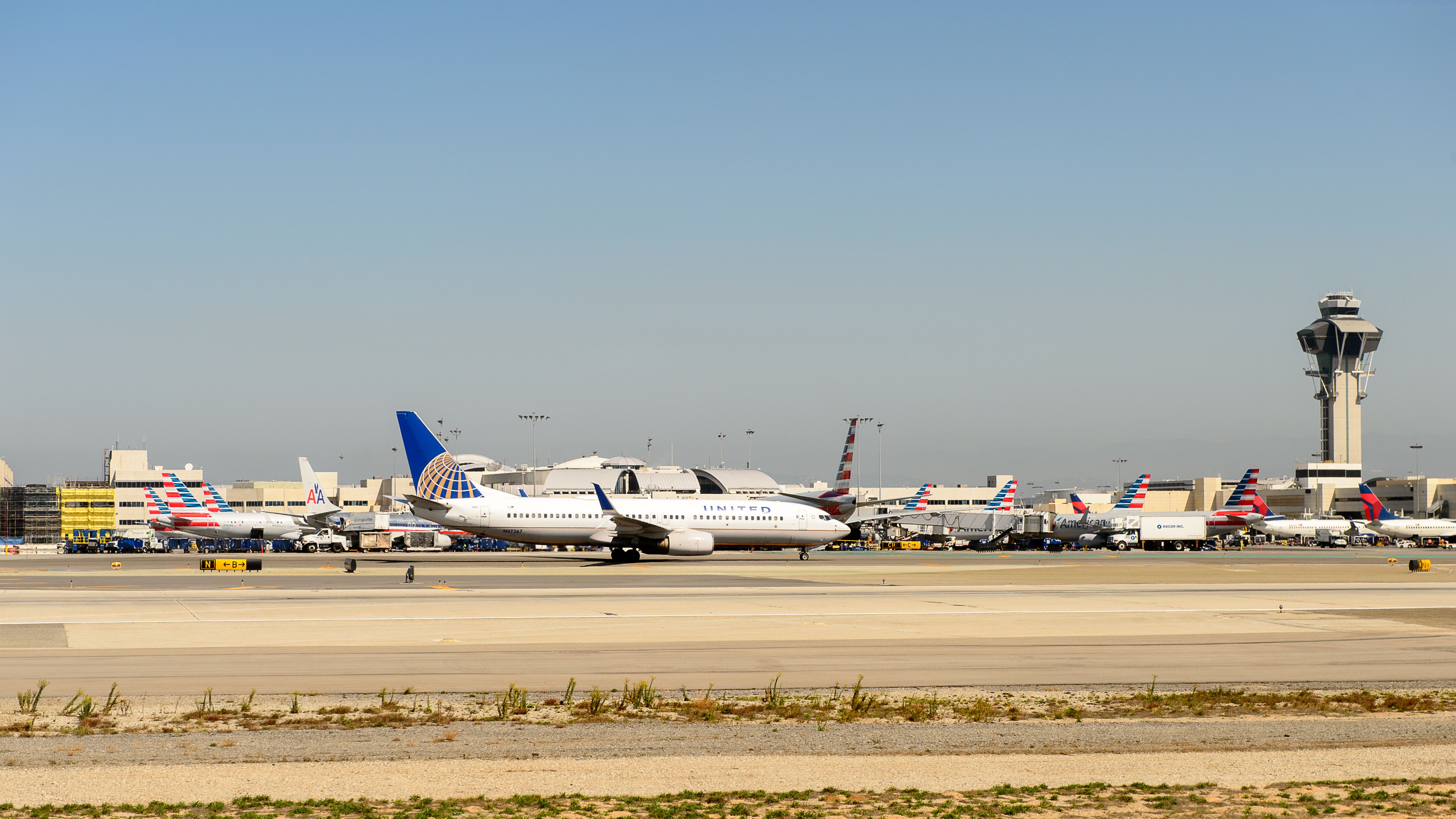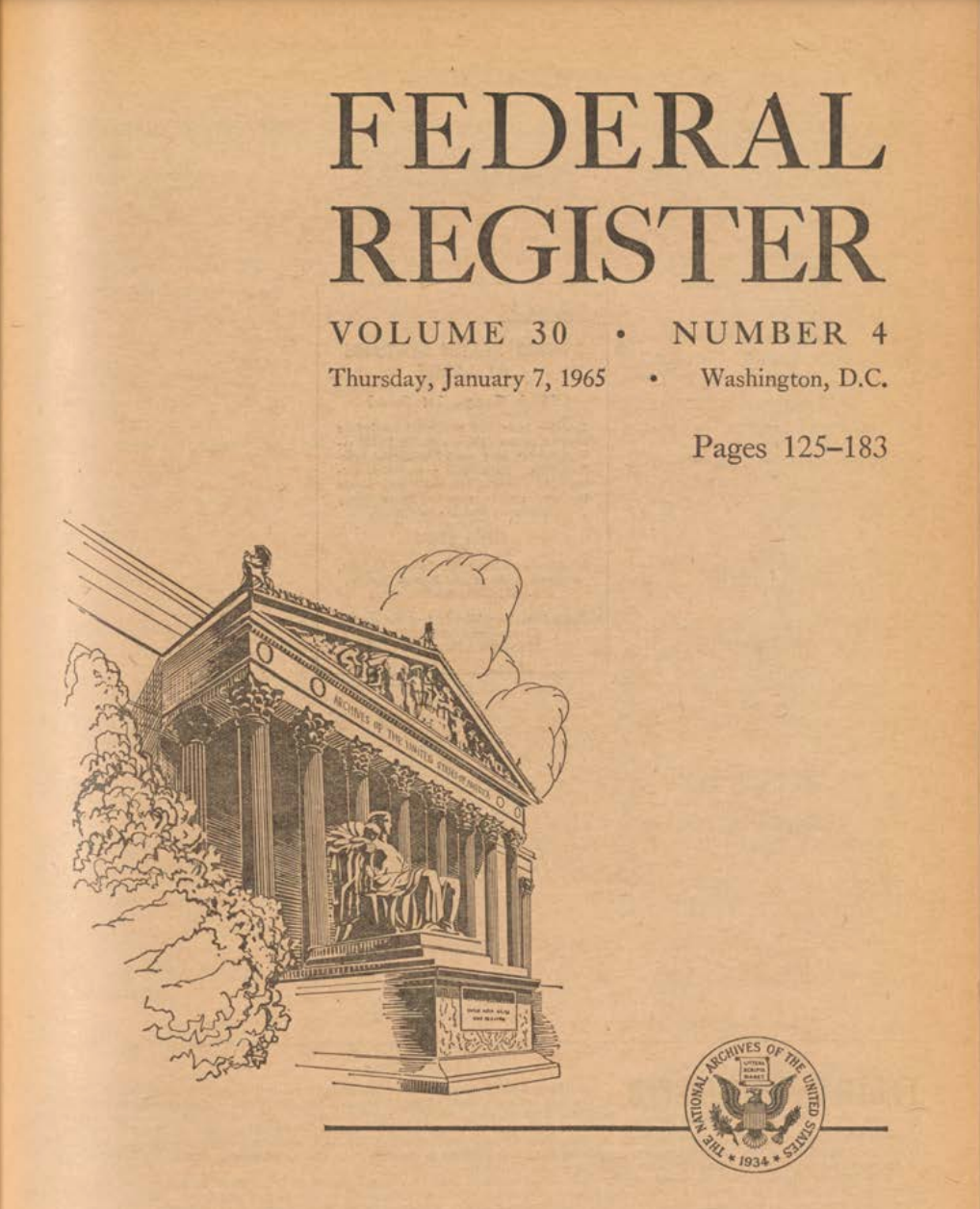Summary
- Part 121 of the United States Code of Federal Regulations is the blueprint for US airline operations, setting strict standards for performance and safety.
- It has been around for over half a century, with its origins tracing back to at least December 1964, making it a long-standing and constantly evolving operational philosophy.
- Part 121 is living legislation that is constantly amended and updated.
There are 50 Titles within the United States Code of Federal Regulations ranging from education to public health. Pertinent to anyone who learns to fly in the US airspace is Title 14: Aeronautics and Space, and further held within this Title are many chapters, subchapters, and parts.
We'll focus on one of these particular parts for this article: Title 14, Chapter 1, Subchapter G, Part 121. Referred to simply as "Part 121" in the aviation world, 14 CFR Part 121 is the blueprint for US airline operations. This article will discuss Part 121's inception, applicability, and general requirements.
Origins of Part 121
Part 121 is often mistakenly thought of as originating in the Airline Safety and FAA Extension Act of 2010. This 2010 legislation is well-known for being the catalyst for the "1500-hour rule," enacted in August 2013. This rule, which requires US-issued ATP license holders to have a minimum of 1500 flight hours, is not even contained within Part 121. Instead, it resides in Part 61.159 of the Code of Federal Regulations, where pilot certification standards are set. In reality, Part 121 has been around for over half a century.
Part 121's origins trace back to at least December 1964, but research provided no clear-cut date for the first publishing of Part 121 in its current form. Still, plenty of contextual clues in the January 1965 Federal Register give a historical reference. Chief among them are the performance requirements for which Part 121 sets strict standards.
There are at least 50 references to aircraft built and certified before January 1965 contained within the current publication of Part 121. This creates a precise date of delineation since the legislation needs to create a catch-all statement for aircraft that were certified prior to its current form.
The airline regulations that existed before 1965 fell under the purview of the Federal Aviation Administration's predecessor, the Civil Aeronautics Administration. It stands to reason that the CAA ceased in 1958. The 1965 publication of the federal aviation regulations reflects a repositioning of airline regulations in tandem with the inception of their new overseer: the FAA.
Despite Part 121's age, commuter airlines (what most people call regional carriers nowadays) were exempt from operations under Part 121 for many years. It wasn't until December 1995 that the FAA announced commuter airlines operating turbojets and carrying between 10–30 passengers would be required to operate under the stricter Part 121 regulations instead of Part 135. The FAA intended to create what was referred to as a "single level of safety."
This idea, which still rightfully exists today, is meant to ensure that passengers who book airline tickets are equally safe regardless of the size of the airliner they fly on. The historical importance of this measure cannot be overstated: Had the regionals evaded the rigors of Part 121; they could have been largely exempt from hiring only first officers with ATP certificates when the rules changed in August 2013.
Applicability of Part 121
A carrier must legally operate under Part 121 if they fly scheduled flight sequences within, from, or into the United States using a turbojet aircraft, an aircraft with ten or more passenger seats, or a payload of 7,500 pounds or greater. These stipulation-heavy criteria encapsulate every airline operation but leave room for charter and private flying to operate outside Part 121 restrictions.
This is why many executive charter services, on-demand carriers, and private owners possess Cessna Citations or Hawker Jets which have fewer than ten seats and are certified to carry payloads of less than 7,500 pounds. These operations are also "on-demand" rather than regularly scheduled, so they fall under either Part 91 or Part 135 of the aviation regulations.
Thousands of conditions must be met for an airline to gain an air carrier certificate and operate legally. Some of the more well-known conditions stipulated by Part 121 are the requirements for certain oversight managers within the airline.
Specifically, airlines need a safety director, a maintenance director, a director of operations, at least one chief pilot, and a chief inspector. These managers are meant to oversee departments that are intentionally compartmentalized so that the work done by each can be focused and thorough.
Want answers to more key questions in aviation? Check out the rest of our guides here.
The chief pilot oversees the pilots; the maintenance director oversees mechanics, the safety director leads a team focused on reviewing reports and incidents, and so on. Each department has a specific purview with limitations and rules. All of these critical departments need to operate flawlessly for the airline to function. This hyper-intentional organizational layout is a huge reason airline travel is so safe.
Living legislation
Believe it or not, Part 121 has 27 subparts that cover topics such as route approval, continued airworthiness for airliners, and maintenance and training programs. Part 121 also contains countless references to other Parts within Title 14, such as Part 117, which lays out in great detail crew rest requirements.
Part 121's density is hard to overstate, and airlines have dedicated divisions of their legal departments to ensure compliance with all the regulations. The federal aviation regulations are, like every other piece of legislation, a living and evolving document. The regulations change, are amended, or added to in response to airline safety department feedback and recommendations from the National Transportation Safety Board.
Part 121 is constantly being amended and updated to enhance air travel safety. One of the most significant additions to Part 121 over the last decade was the mandatory implementation of a safety management system (known industry-wise as an SMS program) for all air carriers in January 2015.
Every airline was given guidelines to develop its safety system, allowing for reporting, researching, and publishing findings. In turn, the conclusions of the SMS inform how the directors of safety departments tailor procedures. Safety management systems require constant oversight and approval from the FAA. They are just one of many examples of how Part 121 is living legislation that constantly adapts to maintain the highest levels of safety.
More than just regulations
There are no US airline pilots still flying who can say they came before the days of Part 121. While the laws which govern commercial and civil aviation in the US constantly evolve for the safer, the foundation for the legislation has been 14 CFR Part 121 for the better part of seven decades.
With its long tenure of evolution, strict standards for pilots, and granular procedures for operational compliance, 14 CFR Part 121 is the benchmark for civil aviation standards in the US, and every pilot knows about these regulations whether they operate under them or not. Part 121 is more than just a set of laws. It's a longstanding, constantly evolving operational philosophy.
Source: Federal Register, page 130; FAA: A Historical Perspective; FAA Safety Management Systems





